Happy Sunday! Welcome back to Dispatch Faith, where we promise there will be no mention of Thursday’s debacle. (Well, other than that last sentence.)
As I wrote in the inaugural edition of this newsletter last week, one of the main goals of Dispatch Faith will be to examine how religion plays a role not just in individual lives, but in communities and societies. Doing that well involves being accurate, honest, and fair in what we publish—with no hot-takery.
Terry Mattingly has spent decades seeking to do the same—and pointing out when the mainstream press has failed in that endeavor. A seasoned “God beat” pro himself, he’s written his weekly syndicated “On Religion” column for more than 30 years. He’s also run college journalism programs, and for 20 years he led the GetReligion website, which stopped publishing earlier this year but continues through its archives to be an invaluable resource online. Now, with his Rational Sheep Substack, Terry reports and reflects on how mass media culture influences religious believers and non-believers alike.
For Dispatch Faith this week, Terry harkens back to his recent work at GetReligion to analyze how big media got so bad at understanding faith.
Note: You’re receiving Dispatch Faith because you were formerly a reader of David French’s French Press. We hope you’re enjoying the new offering and will consider forwarding it to others. And as always, let us know how we can make the newsletter better; we plan to experiment with different formats in the coming weeks and months.
Terry Mattingly: Journalism’s Determination to ‘Preach to the Choir’
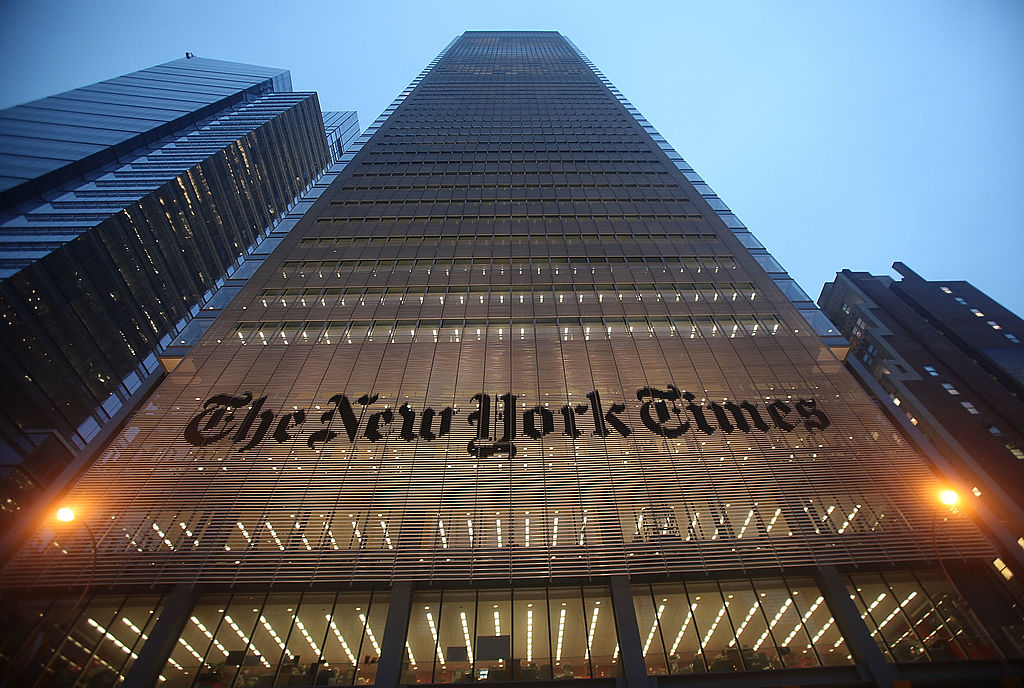
Earlier this year, the GetReligion team decided to close the journalistic project we (and others) had spent the last 20 years building—a website that published daily and examined how the mainstream press covers religion.
The reasons my colleagues and I started GetReligion were simple, but challenging. We did so:
- To promote religion-news reporting in the mainstream press, arguing that journalists on this beat deserve the respect given to those covering other complex topics in the public square. (And we always hoped more newsrooms would hire experienced—maybe even award-winning—religion-beat reporters and let them do their work.)
- To note that far too many journalists (especially those at political desks) tend to miss obvious religious angles in important stories, often mangling basic facts and history in the process. The result is news coverage “haunted” by what we called “religion ghosts.” Why does this happen? As the liberal journalism icon Bill Moyers once told me, many journalists are “tone deaf” to the music of faith in public life.
- To defend the traditional “American model of the press,” with its emphasis on professional standards that stress accuracy, fairness, and even balance. Many journalists seem to believe that these old-school standards do not apply to covering hot-button subjects linked to religion, morality, and culture. After all, politics is real. Religion? Not so much.
Why did we close? I will admit that—having come up in the print journalism days—I have, in recent years, struggled to accept the many ways in which the digital age has changed the business model for the mainstream press. It has become more and more obvious to me that the old-school “liberal” values of the American model of the press have evolved into something else, a niche-based advocacy journalism that is increasingly “illiberal” when handling complex, divisive subjects (like religion).
I wrote about that last year in an essay for the journal Religion & Liberty. Then, many of the themes that dominated my piece appeared in the massive essay “When the New York Times lost its way,” written by journalist James Bennet for The Economist. That byline is especially symbolic since Bennet led the Gray Lady’s editorial pages during the 2020 newsroom meltdown ignited by the publication of Sen. Tom Cotton’s op-ed in which he backed the use of troops to stop violent riots (as opposed to legal protests) after the death of George Floyd.
Bennet thought his job was secure, since he was defending liberal values he learned during his New York Times career. But he was wrong, he said, because “I was the one ignorantly fighting a battle that was already lost. The old liberal embrace of inclusive debate that reflected the country’s breadth of views had given way to a new intolerance for the opinions of roughly half of American voters.”
The bottom line? He added this killer thesis: “The reality is that the Times is becoming the publication through which America’s progressive elite talks to itself about an America that does not really exist.”
The ties between that idea and the work we tried to do at GetReligion—and the work that still needs to be done going forward in other venues—are obvious. The role of religious faith in American life (and the First Amendment) is part of that equation. To recall what now may be a familiar sentiment: Many of America’s most influential journalists simply do not “get” religion.
So, what has been lost in this move away from the American model of the press, which favors fairness, accuracy, and balance, especially in the touchiest of subjects? Bennet noted:
Unlike the dueling politicians and advocates of all kinds, unlike the corporate chieftains and their critics, unlike even the sainted non-profit workers, you did not have to pretend things were simpler than they actually were. You did not have to go along with everything that any tribe said. You did not have to pretend that the good guys, much as you might have respected them, were right about everything, or that the bad guys, much as you might have disdained them, never had a point. You did not, in other words, ever have to lie.
This fundamental honesty was vital for readers, because it equipped them to make better, more informed judgments about the world.
The drama at the New York Times was part of a larger earthquake in the journalism industry, with revenue from advertising shrinking year after year. Eventually, news executives realized that survival would require more and more dollars from loyal readers.
Thus, Bennet noted:
As the country became more polarised, the national media followed the money by serving partisan audiences the versions of reality they preferred. This relationship proved self-reinforcing. As Americans became freer to choose among alternative versions of reality, their polarisation intensified. …
More than 95% of Times subscribers described themselves as Democrats or independents, and a vast majority of them believed the Times was also liberal. A similar majority applauded that bias; it had become “a selling point”, reported one internal marketing memo. Yet at the same time, the marketers concluded, subscribers wanted to believe that the Times was independent.
Over time, major media’s business models somehow also morphed into belief, and these new journalism doctrines clearly shaped reporting and editing.
As I wrote near the end of my Religion & Liberty piece:
When media-reporter Ben Smith arrived at the New York Times, he immediately grasped that he had signed on with an institution that was experiencing a revolution. …
Change was on the way, with internet realities forcing Times managers to veer into a business model in which selling consumers content, in a variety of forms, was the key to survival and then explosive growth. Questions about the old divide between advertising and editorial content, which journalists have long called the separation of church and state, were replaced by questions about the importance of pleasing faithful readers — a loud, fervent online flock.
Smith said a former Times executive stressed that this particular newspaper is “a business wrapped around a church.”
And as that “church” grew, media companies’ willingness to understand other churches—or other faith communities—suffered.
Take, for instance, this 2014 Times story on tourists venturing to Israel. The original version included this sentence (emphasis mine): “Nearby, the vast Church of the Holy Sepulcher marking the site where many Christians believe that Jesus is buried, usually packed with pilgrims, was echoing and empty.”
Yes, the word “is” was in the original story.
Was there anyone in the editorial chain at the world’s newspaper of record who knew the essential fact that traditional Christians don’t believe Jesus is buried anywhere? It’s that whole “Easter” thing, you know.
After some heckling, that error did get fixed in the online text. But readers will not find out about this rather symbolic error via an actual correction—one in which editors note the error and apologize for it. There is no correction for this error with this Times story. Apparently, the error wasn’t worth confessing. We only know about it because readers, in the internet age, saved images of this page from their dead-tree-pulp edition of the Times and posted them on social media.
In the early GetReligion days, I would get calls from professionals from the copy desks in major newsrooms when we published information of this kind. Why? They wanted to correct errors. I even heard from a few reporters working on complex stories. They wanted to clarify basic facts or even to “blue sky” potential sources on both sides of hot-button issues. I was glad to help.
The calls stopped about 10 years ago. Others noted the creep of religiously ignorant journalism too. And it’s safe to say that most newsrooms are now correcting certain types of errors by changing this or that in the online texts, without public corrections.
The basic journalism problem today is that media outlets want to please their paying customers too much. They insist that a “preaching to the choir” business model does not threaten old-school values of, yes, accuracy, fairness, and balance.
And that gets me to a term we used often at GetReligion: “Kellerism.” It’s a reference to a 2011 appearance at the Lyndon Baines Johnson Library by Bill Keller of the New York Times, soon after he stepped down as editor. When asked if the Times was a “liberal” newspaper, he replied thusly (taken from my “On Religion” column):
“We are liberal in the sense that we are open-minded, sort of tolerant, urban. Our wedding page includes—and did even before New York had a gay marriage law—included gay unions. So we’re liberal in that sense of the word, I guess. Socially liberal.”
Asked directly if the Times slants its coverage to favor “Democrats and liberals,” he added: “Aside from the liberal values, sort of social values thing that I talked about, no, I don’t think that it does.”
“Aside from”?
Keller insisted that his newspaper still offered accurate, fair, balanced coverage on politics and other important news topics. But he stated, on the record, that the Times had developed an urban, intellectual, liberal bias when covering moral and social issues. And what are America’s hot-button moral and social issues? I noted in my column: “Any list would include sex, salvation, abortion, euthanasia, gay rights, cloning and a few other sensitive matters that are inevitably linked to religion. That’s all.”
Another important example comes from a 1999 feature in the New York Times Magazine about abortion extremists, written by David Samuels: “It is a shared if unspoken premise of the world that most of us inhabit that absolutes do not exist and that people who claim to have found them are crazy.”
Writing at PressThink, journalism professor Jay Rosen noted:
This struck some people as dogma very close to religious dogma, and they spoke up about it. One was Terry Mattingly, a syndicated columnist of religion: “This remarkable credo was more than a statement of one journalist’s convictions, said William Proctor, a Harvard Law School graduate and former legal affairs reporter for the New York Daily News. Surely, the ‘world that most of us inhabit’ cited by Samuels is, in fact, the culture of the New York Times and the faithful who draw inspiration from its sacred pages.”
Yet here is the part that intrigued me: “But critics are wrong if they claim that the New York Times is a bastion of secularism, he stressed. In its own way, the newspaper is crusading to reform society and even to convert wayward ‘fundamentalists.’ Thus, when listing the ‘deadly sins’ that are opposed by the Times, he deliberately did not claim that it rejects religious faith. Instead, he said the world’s most influential newspaper condemns ‘the sin of religious certainty.
The bottom line for many journalists: Why do accurate, fair-minded, balanced coverage of crazy people?
Recently, I’ve begun using the following equation to express the niche-news era in which journalists, on the left and right, now live: “Good people can do nothing bad. Bad people can do nothing good.”
This is a lie, of course, and a dangerous one. For proof, see America, 2024.
More Sunday Reads
- Even though it feels like an entire election cycle ago, earlier this week we published a pretty good religion-centric story from our own Charlotte Lawson, who is based in Tel Aviv, Israel. She recently spent time with an Israeli military unit whose members may surprise you: They’re Muslim. “Despite what some have described as state neglect, many Bedouins identify proudly with their Israeli identity,” she reported on Monday. “That allegiance has only grown in the face of new threats to the country. ‘We’re here in Israel, and we know exactly who Hamas is and what we’re up against,’ Idat said from Kerem Shalom. Asked whether Bedouins are conflicted about which side to support in the ongoing war, the commander pulled his national identity card from his wallet and held it up: ‘I’m Israeli. I was born here and I’m going to fight for my country.’”
- The rise of non-evangelical Christians as important voting blocs isn’t necessarily a new phenomenon. (Hey, another GetReligion insight!) But a Religion News Service report this week homes in on what that looks like in 2024. “Nationwide, some faith groups will be courted by campaigns as part of turnout operations, such as nones and Black Protestants, who tend to back Democrats, and white evangelicals, who overwhelmingly vote for Republicans,” Bob Smietana and Jack Jenkins note. “But the gap between the two parties is closer among Catholics and mainliners, making them targets for persuasion—even as both groups have inched closer to Republicans. ‘You can sort of think of white, nonevangelical Protestants and white Catholics as the center of the political spectrum,’ said Greg Smith, associate director of research at Pew Research Center.”
A Good Word
When thinking of beautiful or inspiring church architecture, the current era—particularly the Chinese current era—is probably not the first that jumps to mind. But Brazilian German architect Dirk U. Moench has been designing church buildings in China for the last few years, and he spoke with Christianity Today’s Isabel Ong about his unique approach. “What’s always very important to me is to understand the spirit of a community, the spirit of the individual congregation,” Moench said. “I have learned that Chinese Christians are asking themselves big questions: How will this new building express who we are? How will it relate to this place and fulfill our needs? Chinese and Western architectural traditions are often in dialogue here, and I try to create an artistic synthesis of them. This doesn’t occur on a universal scale but in more particular terms, such as: What is the physical environment in which this church is going to grow? What are the concerns of the individual community? What are their interests in the European and Western elements of Christianity, if at all?”
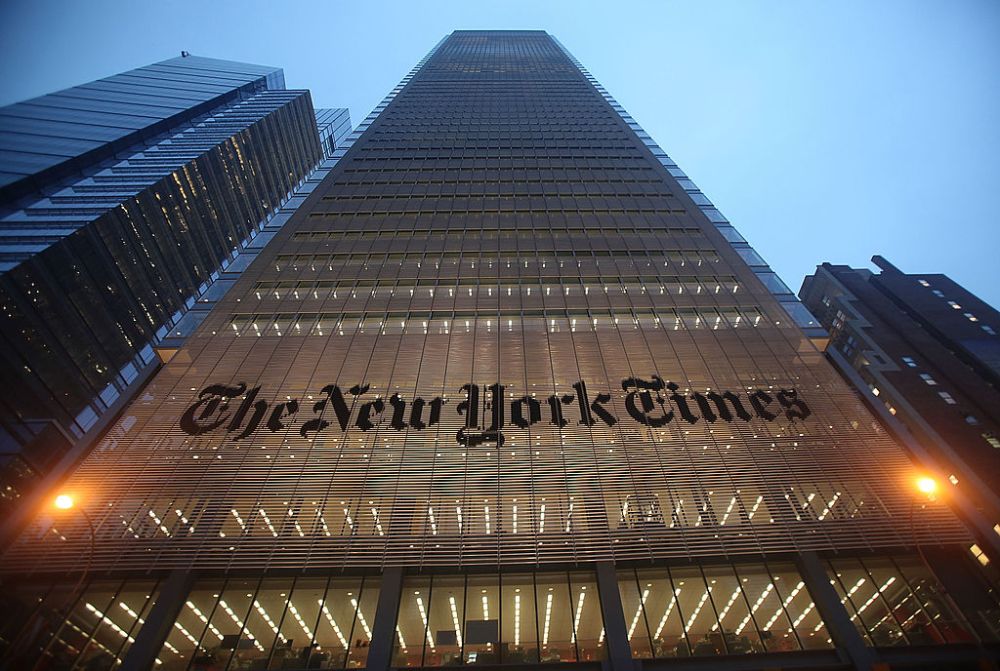

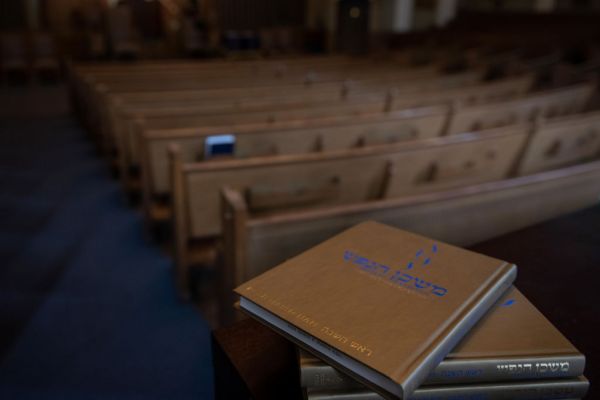
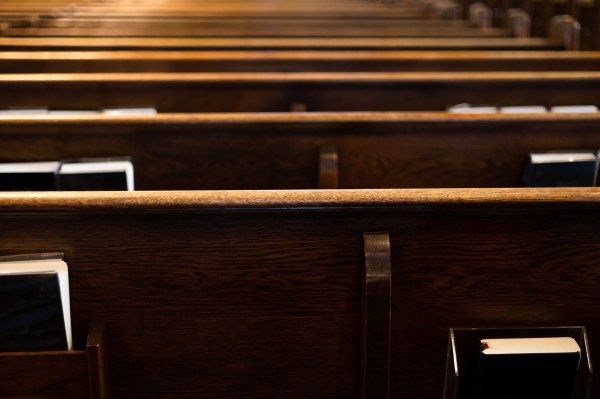

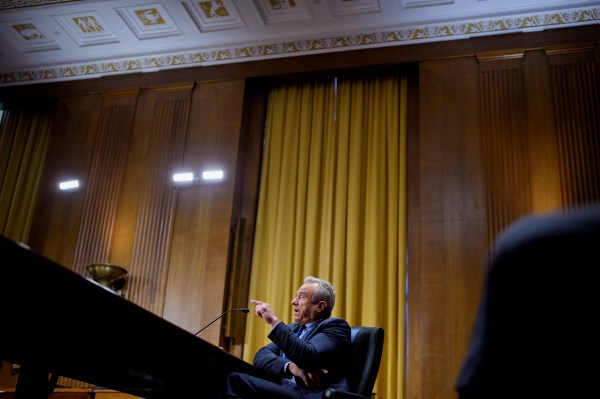
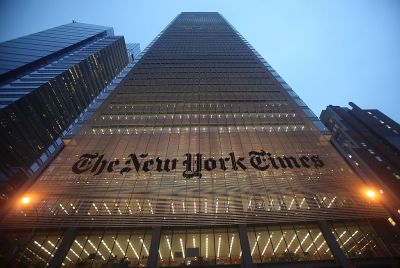
Please note that we at The Dispatch hold ourselves, our work, and our commenters to a higher standard than other places on the internet. We welcome comments that foster genuine debate or discussion—including comments critical of us or our work—but responses that include ad hominem attacks on fellow Dispatch members or are intended to stoke fear and anger may be moderated.
With your membership, you only have the ability to comment on The Morning Dispatch articles. Consider upgrading to join the conversation everywhere.